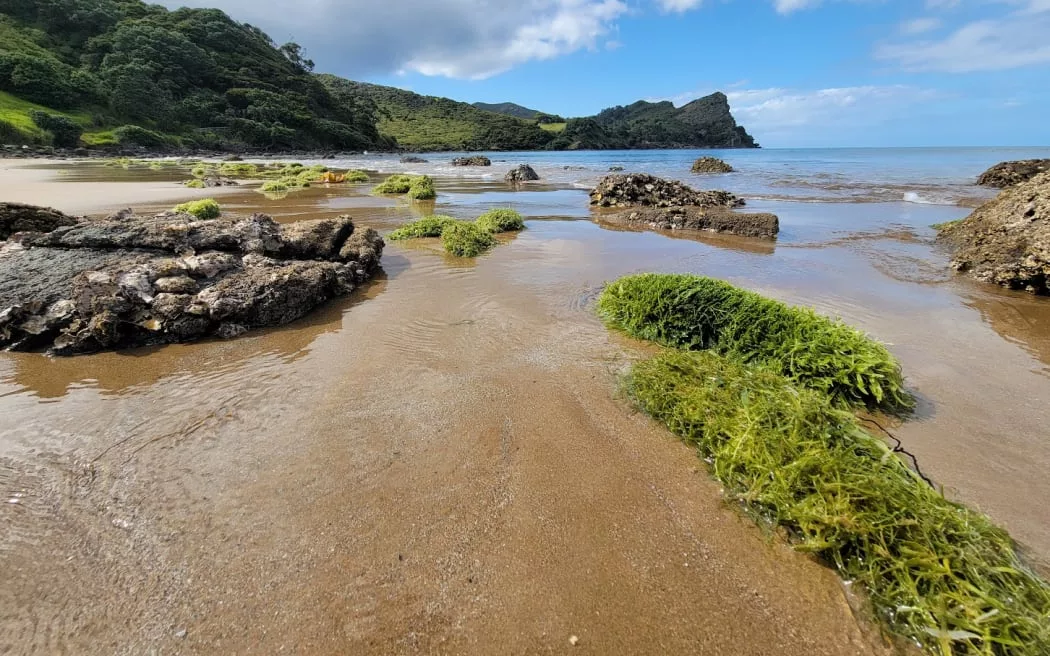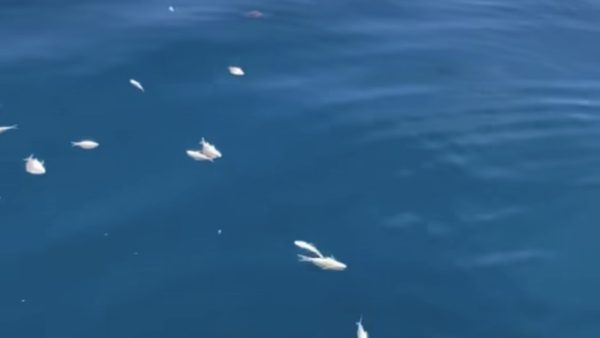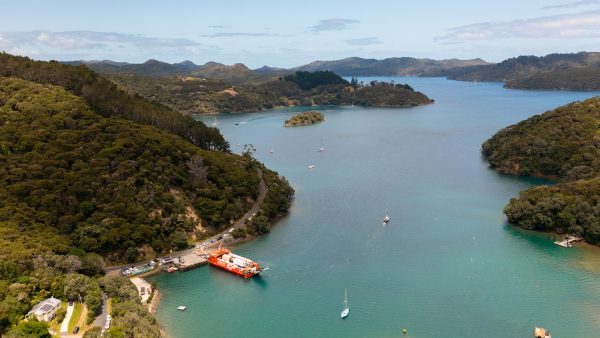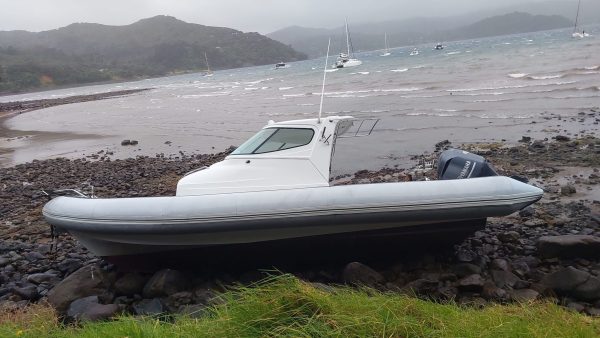Residents, businesses, and anglers are facing prolonged uncertainty regarding how or when officials will move beyond pilot trials to decisively tackle the Caulerpa outbreak in the island’s waters. Questions also linger about the fate of the Controlled Area Notices (CANs), first implemented in 2021 and now nearly three years old, and if or when they will ever be lifted.
Last Thursday’s meeting between the Ministry for Primary Industries (MPI) and the Aotea Caulerpa Response Team (ACRT) revealed a stark disconnect between community concerns as advocated by the group, and the government.
The current Controlled Area Notices (CANs), designed to halt the spread of the invasive seaweed, are set to expire September 30, and while the government allocated $5 million to combat Caulerpa in February, Aotea, with the most severe infestation in the country, received only $250,000, according to ACRT chair Chris Ollivier.
“We’ve asked MPI to invest in a local response team, we already have a trained local surveillance team that has conducted thorough underwater surveillance of Whangaparapara harbour.” Ollivier said.
“We did this so we’d be prepared to clear the harbour of caulerpa and let boats anchor in caulerpa-free zones. But to get it done, we need to set up a local team that can safely get in the water as soon as new patches are found and treat them with the right tools for that spot.”
The prevailing MPI stance appeared to be that Caulerpa must be controlled, but funding should be spent addressing mainland outbreaks, and pilot programmes for how best to tackle it wholesale.
Last week Biosecurity Minister Andrew Hoggard allocated an additional $10 million to tackle Caulerpa, but MPI did not commit to a specific allocation for Aotea.
John Walsh, MPI’s Director of Pest Management and Biosecurity, admitted that eradicating a Caulerpa patch the size of Aotea’s has never been achieved globally, and eradication is not the primary focus for the island.
He conceded that Caulerpa is spreading on Aotea despite the CANs, arguing it would be worse without them.
MPI didn’t hide the fact a big part of the CANs was to stop boaties taking the seaweed back to the mainland, in addition to slowing the spread in the waters off Aotea.
“The point, the KPIs of the CANs are to try and stop people moving around”, Walsh said.
He added that the department lacked data on the CAN’s economic impact to the island, but focused on the environmental impact.
“Anything living on the sea floor is at risk”, he said.
Local board chair Izzy Fordham highlighted board efforts to replace existing moorings with screw piles less likely to disturb the ocean floor and spread Caulerpa fragments. She hopes to add new moorings, enabling visitors to return to the affected areas.
MPI suggested that new technology could emerge within six months to aid the fight against Caulerpa.
When questioned about where that confidence in new technology came from given the lack of breakthroughs in decades of battling the seaweed globally, the MPI representative alluded to New Zealand’s ingenuity, suggesting someone might cook something up in a garage. It wasn’t entirely clear whether he was serious.
The ACRT countered that most of the technology being tested has existed for years, urging MPI to start implementing solutions on Aotea. They proposed a suite of several different technologies to clear Whangaparapara and Tryphena of the weed, and allow boats to return.
“The ACRT gets that harbours need to reopen and we’ve asked MPI for help cleaning up the caulerpa so boats can anchor there again.” Ollivier said.
Ollivier voiced concerns that the pilot programmes to tackle Caulerpa on the mainland are for a different variety than what we have on Aotea, Caulerpa parvifolia vs. Caulerpa brachypus. He reiterated that R&D needed to be spent on-island.
“We have 95 percent of the Caulerpa, and are getting 5 percent of the funding” he told AoteaGBI.news in a subsequent interview.
The MPI representative declined a show of hands on whether to keep, expand, or remove the CANs, directing attendees to an online feedback form. The existing CANs expire on September 30, 2024, and MPI will decide their future.







